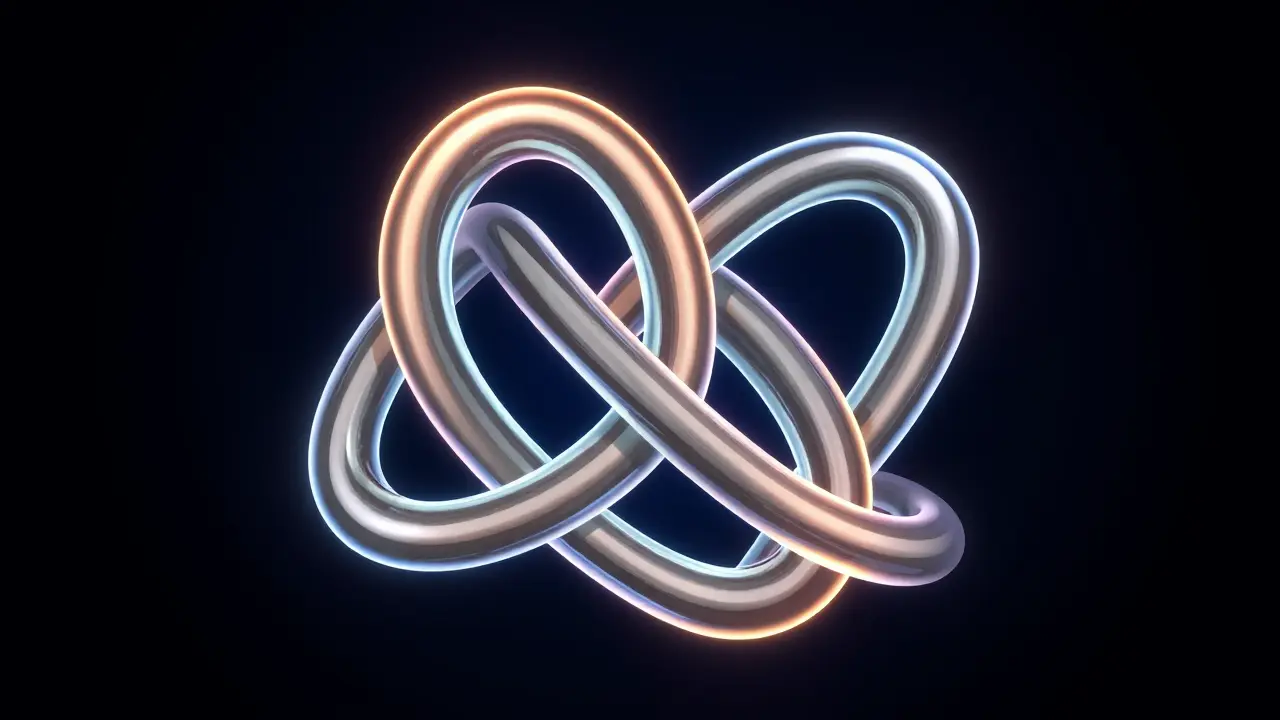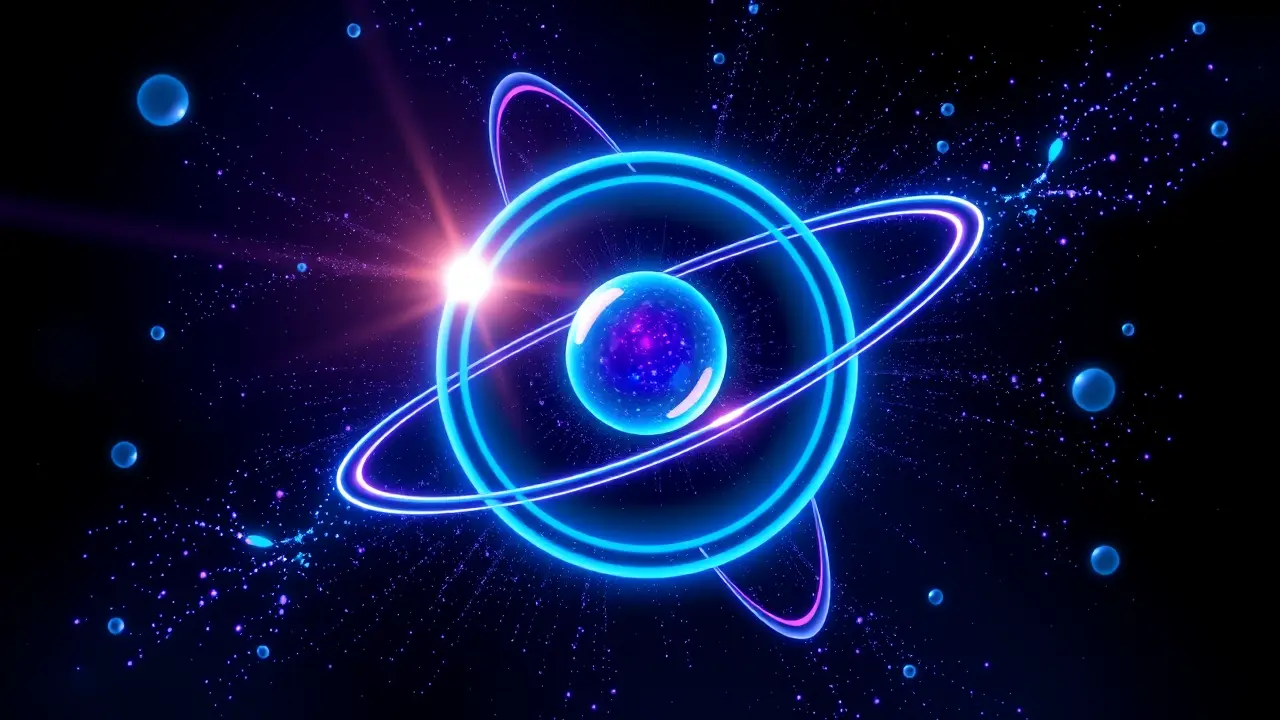
SciencephysicsTheoretical Physics
Unpicking How to Measure the Complexity of Knots
TH
Thomas Green
10 hours ago7 min read2 comments
In a development that elegantly demonstrates how the most seemingly straightforward questions in science often harbor profound and complex answers, two mathematicians have successfully unpicked the intricate puzzle of how to measure the true complexity of knots. This isn't about the granny knots you might use to tie your shoes or the stubborn tangle in your headphones; this is about the mathematical abstractions that have fascinated topologists for over a century, objects that are closed loops with no ends, where complexity is measured by the minimum number of crossings needed to represent them.The central, deceptively simple question—how hard is it to actually untie a knot?—has long been a holy grail in the field, a problem akin to calculating the energy required to navigate a spacecraft through a dense asteroid field using only the most efficient trajectory. For decades, mathematicians have relied on invariants like the Jones polynomial, a kind of unique fingerprint for a knot discovered in the 1980s that revolutionized the field, to classify these entangled structures.However, these researchers have now proven that a complete and universally applicable measure of 'unknotting complexity' is far more nuanced than previously imagined, involving a deep interplay between geometric and topological properties that can behave in counterintuitive ways. Think of it like this: you might look at a star chart and see two constellations that appear equally complex, but plotting a course through one requires navigating gravitational slingshots and dark matter clouds, while the other is a clear, straight shot.The new findings suggest that our current mathematical 'star charts' are incomplete. This breakthrough didn't happen in a vacuum; it builds upon the work of pioneers like John Horton Conway and is deeply connected to the Poincaré Conjecture, one of the seven Millennium Prize Problems.The implications ripple outward from pure theory into the very fabric of our universe, influencing how physicists model the behavior of DNA strands as they fold and supercoil within cells, or how cosmologists understand the potential knotted structures of cosmic strings in the early universe. Furthermore, in the burgeoning field of topological quantum computing, where quantum states are protected by their knotted configurations, a robust measure of complexity is not just an academic exercise—it's a potential key to building fault-tolerant quantum systems.The work is a powerful reminder that the cosmos, from the subatomic to the galactic, is written in a language of loops and twists, and we are only just beginning to learn how to read its most intricate sentences. This mathematical voyage shows that the path to untying a knot, whether in a piece of string or in the fabric of spacetime itself, is a journey through a landscape of stunning and unexpected complexity.
#featured
#mathematics
#knot theory
#complexity
#untangling knots
#research breakthrough
Stay Informed. Act Smarter.
Get weekly highlights, major headlines, and expert insights — then put your knowledge to work in our live prediction markets.
Related News
© 2025 Outpoll Service LTD. All rights reserved.


